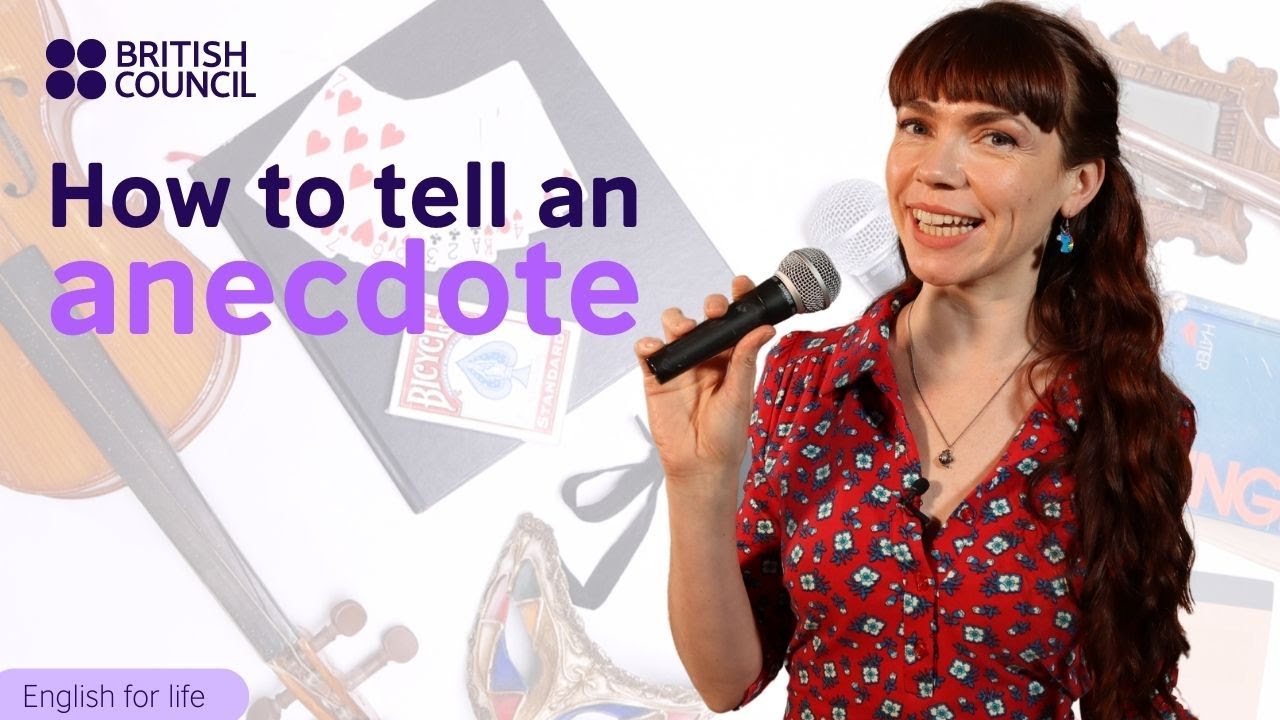5 Best Ways to Start Your Story - Storytelling Hooks
Summary
TLDRIn this video script, the narrator shares five proven storytelling hooks to capture an audience's attention. These hooks include starting with action, dialogue, a relatable question, a vivid character description, or a cliffhanger. Each hook is designed to engage listeners immediately and draw them into the story. The narrator emphasizes that while these hooks can grab attention, sustaining interest requires strong storytelling techniques, which are explored further in another video.
Takeaways
- 😀 Start your story with action to immediately engage your audience and create momentum.
- 😀 Use dialogue at the beginning of the story to capture attention and immerse the listener in the moment.
- 😀 Pose a relatable question to make the audience reflect on their own experiences, drawing them into the story.
- 😀 Describe the character's unique traits in vivid detail to paint a clear mental image and make the character more relatable.
- 😀 Use a cliffhanger to start your story near a crucial moment, creating suspense and encouraging the audience to keep listening.
- 😀 A good story hook should grab attention quickly and make listeners want to hear more.
- 😀 The key to keeping your audience engaged throughout your story is to start strong with an effective hook.
- 😀 Each hook serves a different purpose: action for momentum, dialogue for connection, and questions for introspection.
- 😀 The described hooks are proven methods that can make your story stand out and resonate with listeners.
- 😀 The script encourages experimenting with different hooks to find what works best for your storytelling style.
- 😀 To sustain attention, it's important not only to start well but to know how to tell captivating stories that keep listeners engaged.
Q & A
What are the five proven hooks mentioned in the video?
-The five proven hooks are: 1) Jump into action, 2) Start with dialogue, 3) Pose a question, 4) Describe the character, and 5) Use a cliffhanger.
What is the key idea behind the 'jump into action' hook?
-The 'jump into action' hook suggests starting your story with immediate momentum, making your character take action like stepping, walking, or shouting, to engage the audience right away.
How does starting with dialogue work as a hook?
-Starting with dialogue involves sharing the exact words spoken during a crucial moment of the story, which draws listeners into the emotional context of the situation.
What is the advantage of posing a question at the beginning of a story?
-Posing a question helps the audience relate to the story, making them think about their own experiences and creating curiosity about the narrative.
What type of character description works well as a hook?
-A good character description hook paints a vivid picture of the character's unique traits that are relatable, helping the audience connect with the person on a personal level.
What does using a cliffhanger in the story's beginning accomplish?
-Using a cliffhanger intrigues the audience by showing them a crucial moment without fully explaining it, creating suspense and encouraging them to continue listening.
What example does the script give for the 'jump into action' hook?
-The script uses the example of someone standing in front of their manager's office, taking a deep breath, knocking three times, and opening the door, which sets up a tense situation.
How does the 'pose a question' hook work in the script?
-The script poses a question about walking away from everything and starting over, making the audience think about what they would do in a similar situation.
Why is the description of a 16-year-old character used in the script?
-The description of the 16-year-old character with long hair, baggy pants, and acne is used to paint a relatable image that draws the audience into the character's world and struggles.
What does the speaker suggest after discussing the five hooks?
-After discussing the five hooks, the speaker suggests checking out another video that shares tips on how to spice up stories and maintain the audience's attention.
Outlines

This section is available to paid users only. Please upgrade to access this part.
Upgrade NowMindmap

This section is available to paid users only. Please upgrade to access this part.
Upgrade NowKeywords

This section is available to paid users only. Please upgrade to access this part.
Upgrade NowHighlights

This section is available to paid users only. Please upgrade to access this part.
Upgrade NowTranscripts

This section is available to paid users only. Please upgrade to access this part.
Upgrade NowBrowse More Related Video

BIKIN SEMUA PRESENTASI JADI SERU!!!! I Tips Public Speaking

How to Create Thumb-Stopping Social Media Hooks w/ Jack Appleby

Rumus Membuat Konten FYP

Copywriting Hacks to Double Your Facebook Ad CTR (Even if You're Not a Great Copywriter)

How to tell an anecdote in English

Mitutoyo Quick Vision Stream - CNC Non-stop Vision Measuring System
5.0 / 5 (0 votes)